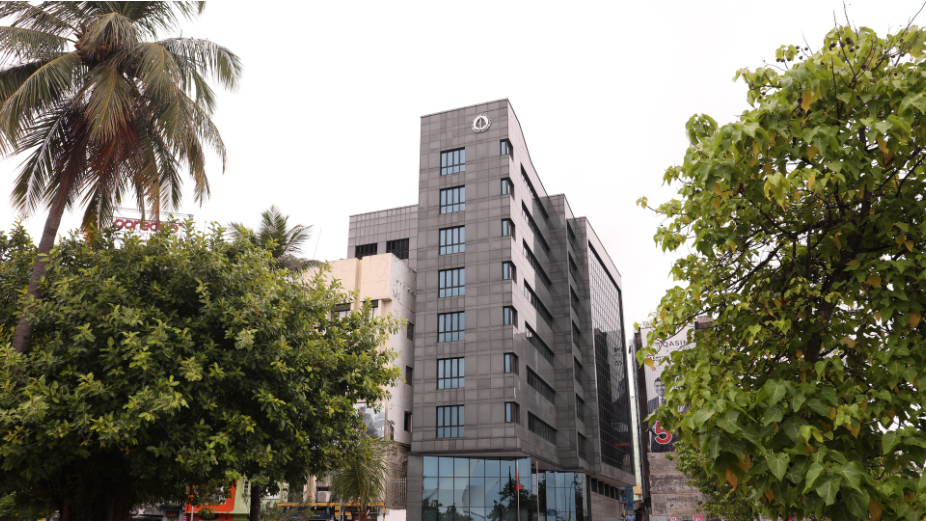
Maldives’ financial reserves have experienced a significant downturn, as the latest figures from the Maldives Monetary Authority (MMA) indicate a sharp decline in usable reserves. The data reveals that by the end of October, the nation’s usable reserves had dwindled to USD 91 million, marking the largest monthly decrease observed this year.
Compared to September, when the reserves stood at USD 126 million, the drop in October is notably severe. This decline is even more pronounced when compared with the year’s beginning, where usable reserves peaked at USD 254 million. The current figures represent a 64 percent fall from January to October, highlighting the critical state of the economy.
The substantial decrease in reserves is primarily attributed to escalated spending on oil. Throughout the year, Maldives has incurred significant expenses, totalling around USD 800 million, to manage its fuel requirements. This heavy expenditure has drastically impacted the reserves, especially in light of the fact that in October last year, usable reserves were at a relatively more stable USD 105 million.
Moreover, it’s not just the usable reserves that have been affected. The official reserves also recorded their most significant reduction this year in October, falling to USD 552 million. This is a marked decline from the USD 790 million recorded in January, amounting to a decrease of USD 238 million.
The World Bank has also raised concerns, noting that this year has been particularly challenging for the reserve situation in Maldives by implementing measures to curb the crisis, focusing on reducing the budget deficit and curtailing government spending. These strategies are crucial for stabilizing the economy and managing the reserve levels more effectively.
As Maldives confronts these economic hurdles, the effectiveness of the government’s measures in the upcoming months remains a key area of focus, crucial for addressing the ongoing reserve crisis.













